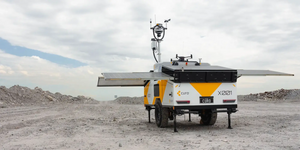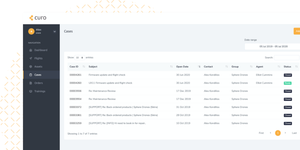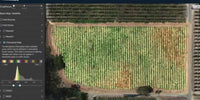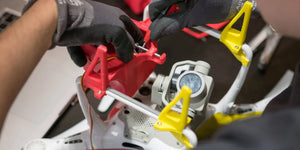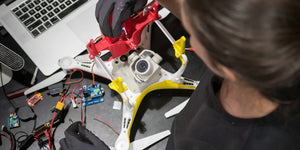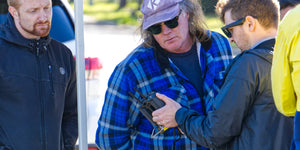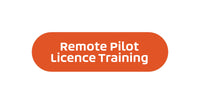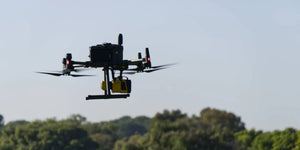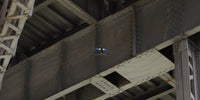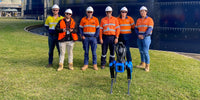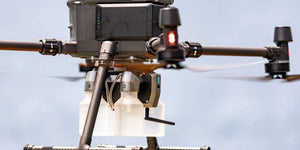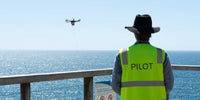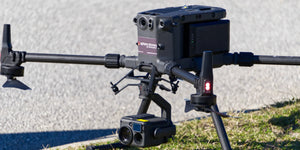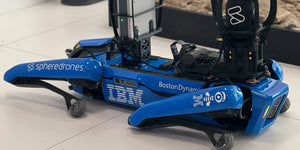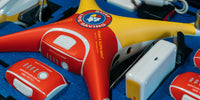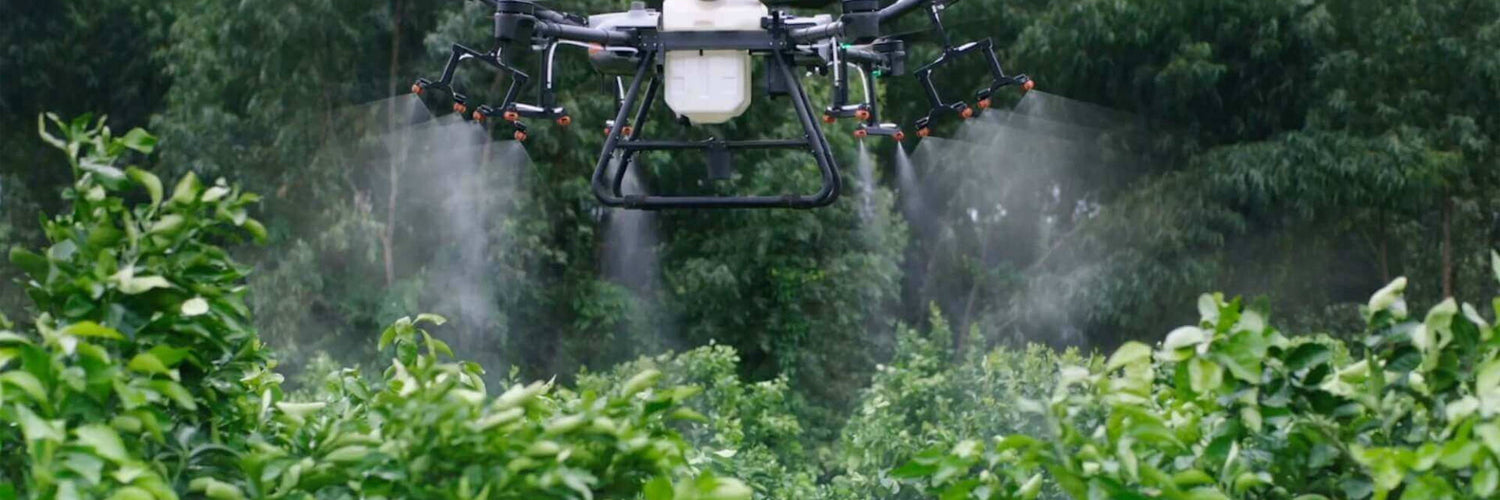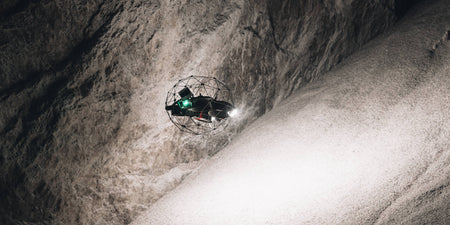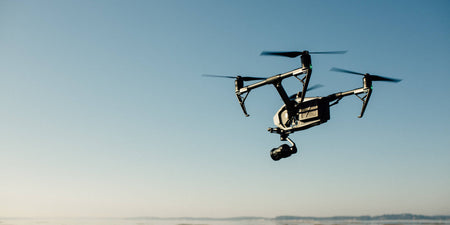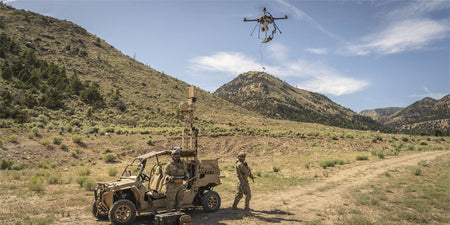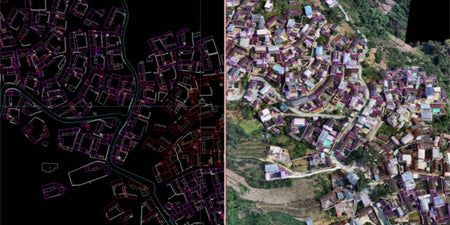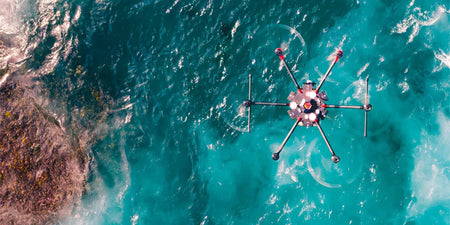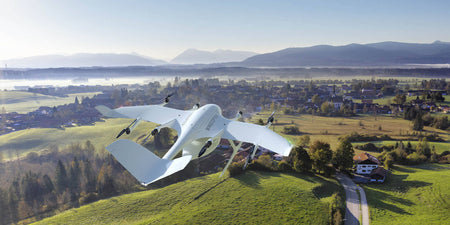Spraying drones are becoming an essential tool on farms around Australia and the world, taking on numerous time-consuming jobs while increasing efficiency and decreasing costs.
The history of spraying drones
Spraying drones have been around since the 80's but have only recently taken off thanks to a reduction in price and increase in usability. With this new wave of more affordable spraying drones, at first, they would only be capable of spraying liquids and often times had small tanks around 10 litres.
Nowadays, the latest generation can distribute liquid and solid fertilisers or seeds and have tanks that can hold up to 40 litres of liquid and 50kg of solid fertilisers or seeds.
When it comes to the battery tech powering these drones, fast charging speeds are preferred over longer flight time. This is due to the fact that the drones are able to cover large amounts of land in a short amount of time, removing the need for excess battery once the tank is empty.
Spraying drones in Australia: use cases (air, land, water)
With Australia having more than 85,000 farms with almost all of them being family owned and operated, spraying drones have continued to take on more jobs. These jobs often include the following:
- Fertiliser Spraying
- Pest Prevention
- Pest Removal
The future of spraying drones
There is no doubt spraying drones will continue to be utilised in Australia and across the world. As the payload capacity and flight time increase more and more farms will be using spraying drones as a faster and more economical way to manage crops.
Image via DJI
